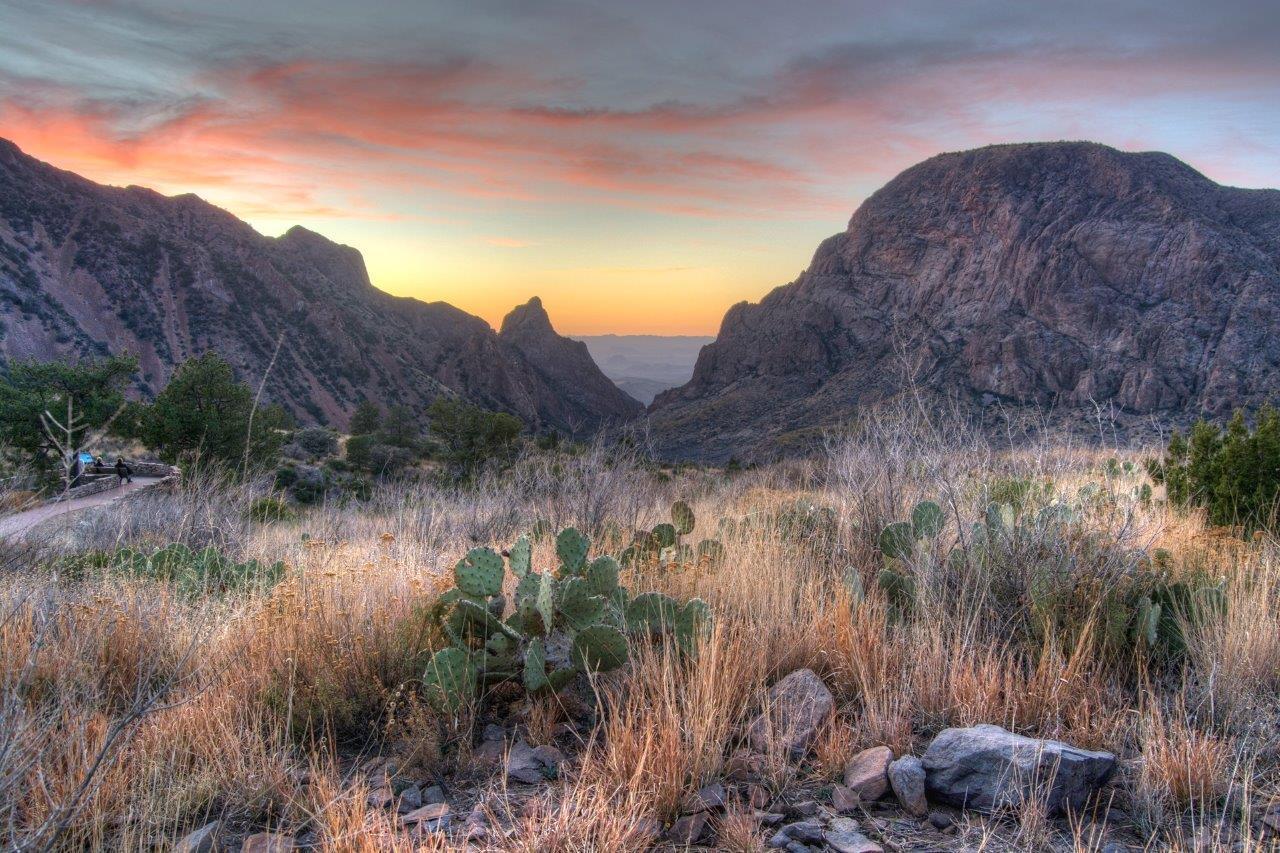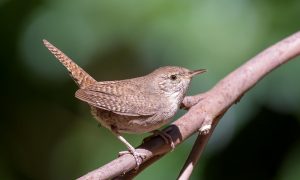Big Bend has over 450 reported bird species, more than any other U.S. national park, with the Colima Warbler as possibly the most famous bird.
Big Bend is such a spectacular place for both sightseeing and wildlife, the more time you can spend here the better. Three days is recommended, as anything less will feel like your trip is being cut short. Just exploring the Chisos Mountains basin and trails can easily take a full day.
Regardless of how much time you spend here, you’ll never see it all. So where should you focus your time to see as many west Texas birds as possible in a single trip?
Where to Bird in Big Bend National Park
The best birding in Big Bend is at Rio Grande Village and Cottonwood Campground along the Rio Grande River, and the Chisos Mountains Basin. Other good spots include Dugout Wells and Sam Nail Ranch.
But if I had to pick only one spot in the whole park to bird, it would be Rio Grande Village.
Birding Rio Grande Village
This is a must-visit spot for birders. You’ll see more species here than any other single spot in the park.
Located at the eastern park boundary, this large campground is right on the Rio Grande River. The water here is literally an oasis in the desert, and draws in wildlife at a higher concentration than anywhere else in the park.
It’s a fairly large area. You’ll need about 3 hours to thoroughly bird it, or one full morning.
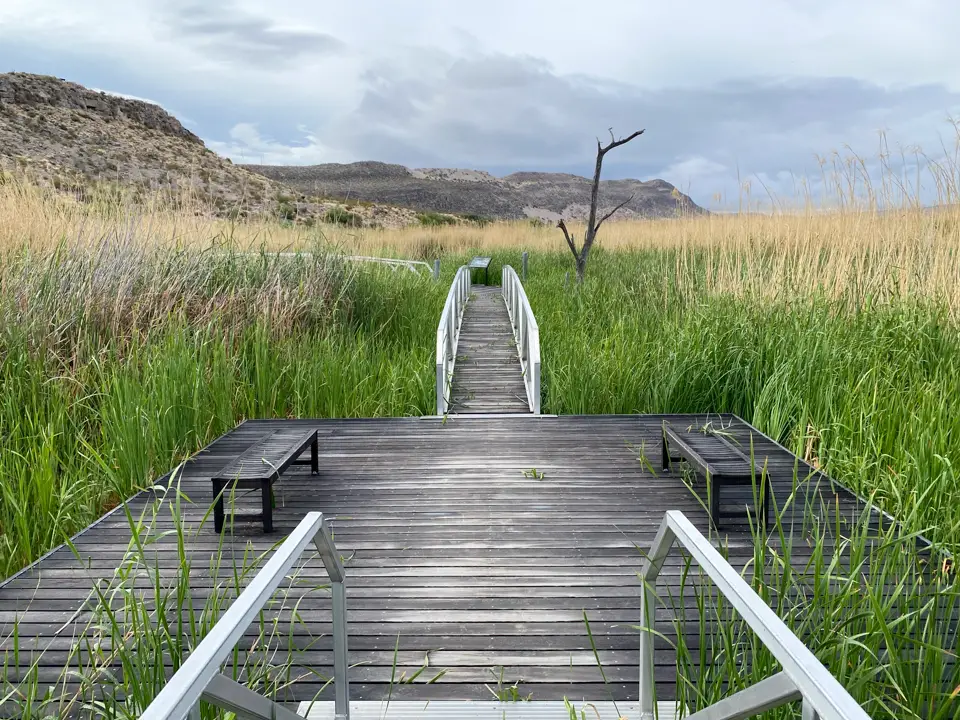
There’s a nature trail along the river, with a short boardwalk over a patch of wetlands. Watch the shrubby trees right along the edge of the water (at the entrance of the boardwalk). There’s often birds fliting around here.
Taking a leisurely walk down Daniel’s Ranch Road until it meets the river will get you plenty of birds in a mix of desert shrubs and mature hardwood trees.
Common Black Hawks nest in trees along Daniel’s Ranch Road. Nesting season is typically March through May.
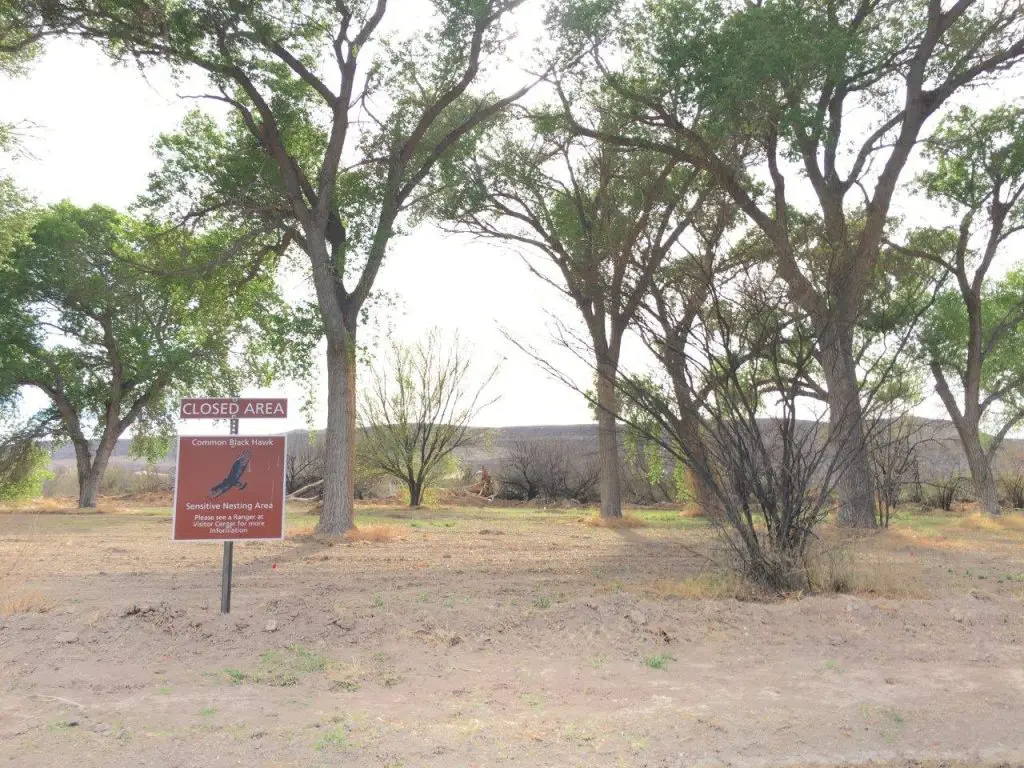
Rio Grande Village is a great place to see raptors like Gray Hawk, Zone-tailed Hawk, and views of nesting Common Black Hawk.
Elf Owls take up residence in the warmer months, while Great Horned Owls and Western Screech-Owls can be seen year-round. The hour after sunset is when owls start calling. Elf Owls can be heard along the edges of the campground at last light during spring.
Other common species include Vermillion Flycatcher, Greater Roadrunner, Bell’s Vireo, Yellow-breasted Chat, and Green Kingfisher.
Less common birds include Tropical Parula, Black-tailed Gnatcatcher, Gray Flycatcher, and Crissal Thrasher.

Rio Grande Village deserves at least a full morning from a birder visiting Big Bend for the first time. It’s the perfect place to set up camp and enjoy a leisurely half day or more of prime desert birding.
Birding the Chisos Mountains Basin
The Chisos Mountains are a tiny little group of mountains right in the middle of Big Bend. They shoot up dramatically from the desert floor, creating a space at the top called a sky island.
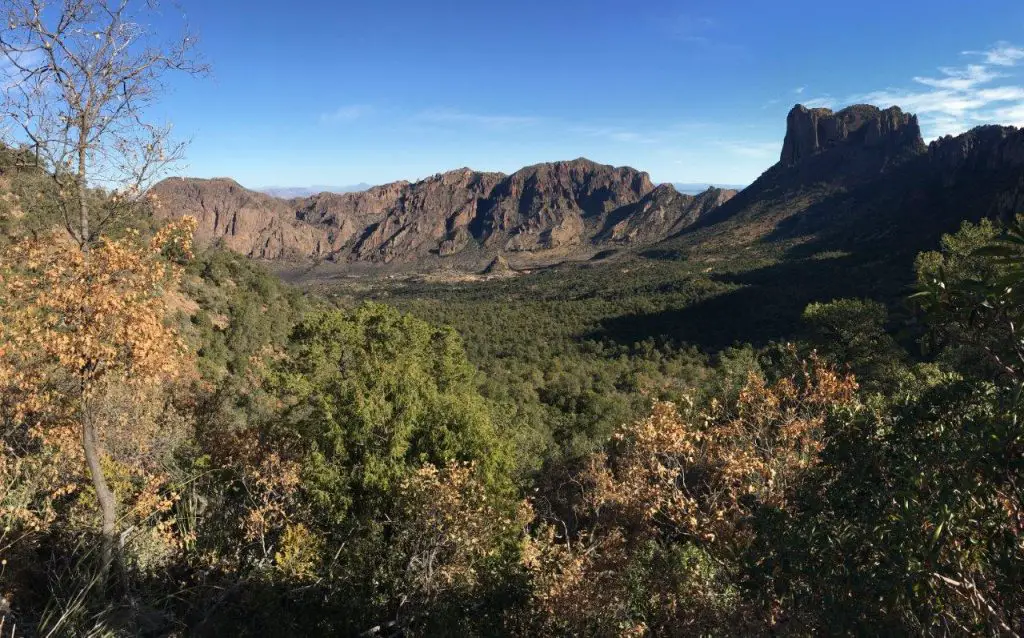
High elevation trees like Douglas Fir and Ponderosa Pine grow up here in abundance, making a totally different environment than the rest of the desert. This unique setting attracts birds that nest in these high elevations like Blue-throated Mountaingem, Band-tailed Pigeon, and of course the Colima Warbler.
A drive up to the basin is a must for birders, no trip to Big Bend is complete without it.
The Pinnacles Trail and the connected Boot Canyon Trail during spring is the best hike for seeing high elevation species. Round trip this is a 5 to 6 hour hike, so bring water and snacks.
The Basin campground always seems to be birdy as well, and is much easier to get to.
Where to See a Colima Warbler
Big Bend National Park is the only public location to see a Colima Warbler in the US. They’re often found near the top of the Pinnacles Trail, about 2 hours of hiking from the trailhead. Boot Canyon Trail is also a good place to find them. Mid-April through May is the best time to search.

The hike up Pinnacles Trail is affectionately called “The Colima Death March” by many birders, due to the 1600 feet of nonstop incline. Give yourself about 5 hours to make the round trip hike.
The good news is the views get more spectacular as you progress up the trail. Plus there’s other birds to keep you entertained along the way like Mexican Jay, Acorn Woodpecker, and Painted Redstart.
Birding Cottonwood Campground
Cottonwood Campground is similar to Rio Grande Village because it’s right on the river, but it’s much smaller and with fewer people. This makes it feel more remote and quiet.
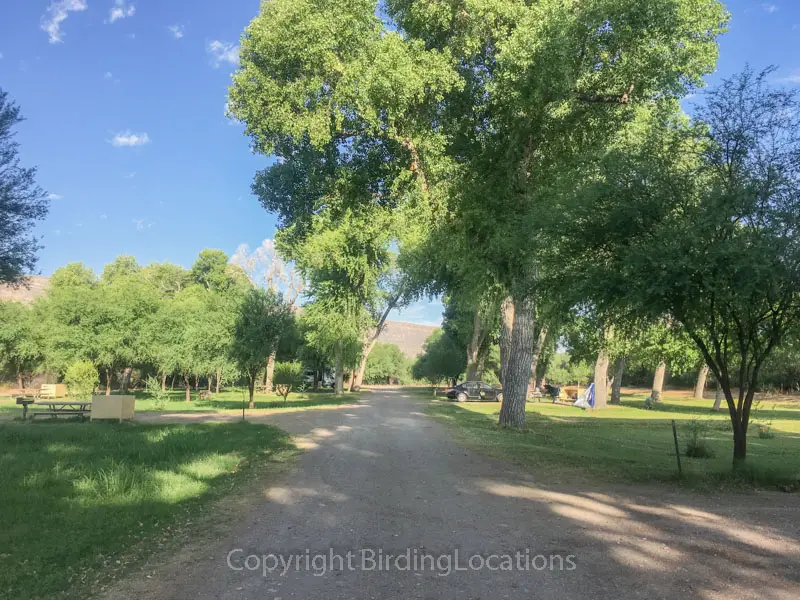
There’s always at least one owl species to be found here, and shortly after dark you can get up to three species calling at once. Great Horned Owl and Western Screech Owl is common, and Elf Owls are often here mid-spring through summer.
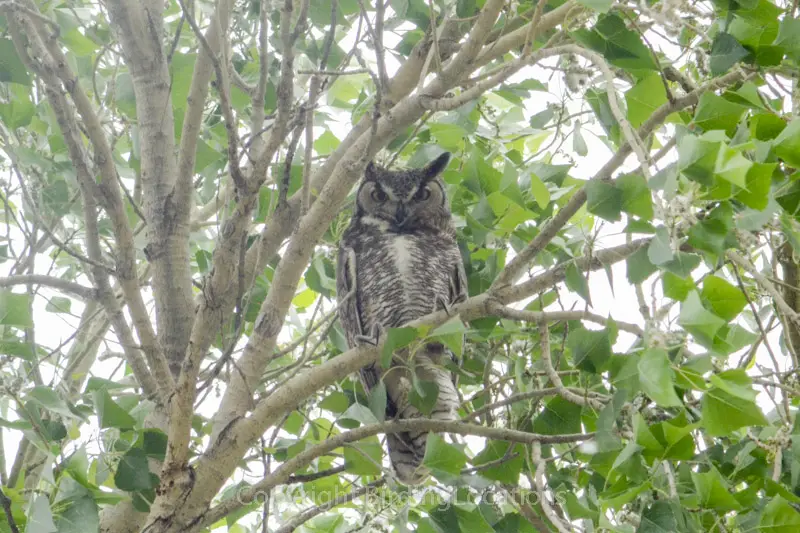
Families of Vermilion Flycatchers are common and always active here, as are families of Javelina walking around the outskirts of the campground.
Birds to watch for include Gray Hawk, Scaled Quail, Golden-fronted Woodpecker, Say’s and Black Phoebe, Bullock’s Oriole, Black-tailed Gnatcatcher, and Crissal Thrasher.
If you have to make a choice between here and Rio Grande Village, the Village will likely get you a longer species list. However, if seeing the iconic Santa Elena Canyon is on your to-do list, then Cottonwood Campground is only 20 minutes away.
The Best Time of Year for Birding in Big Bend
The best time for bird watching in Big Bend is late April and early May. Species diversity and bird activity are at their highest, as summer breeders are singing while migrants are passing through in peak numbers. Late August and early September is also good.
Spring migration is generally considered the best time to be in the park as a bird watcher. Species diversity is high, and most birds are moving and singing energetically. This is perfect for bird watchers and photographers. Finding and seeing birds is easier in the spring than any other time of year.
Mid-August to early September is the second best time for birding in Big Bend. Migrants are passing through again, and the rainy monsoon season can increase wildlife activity levels.
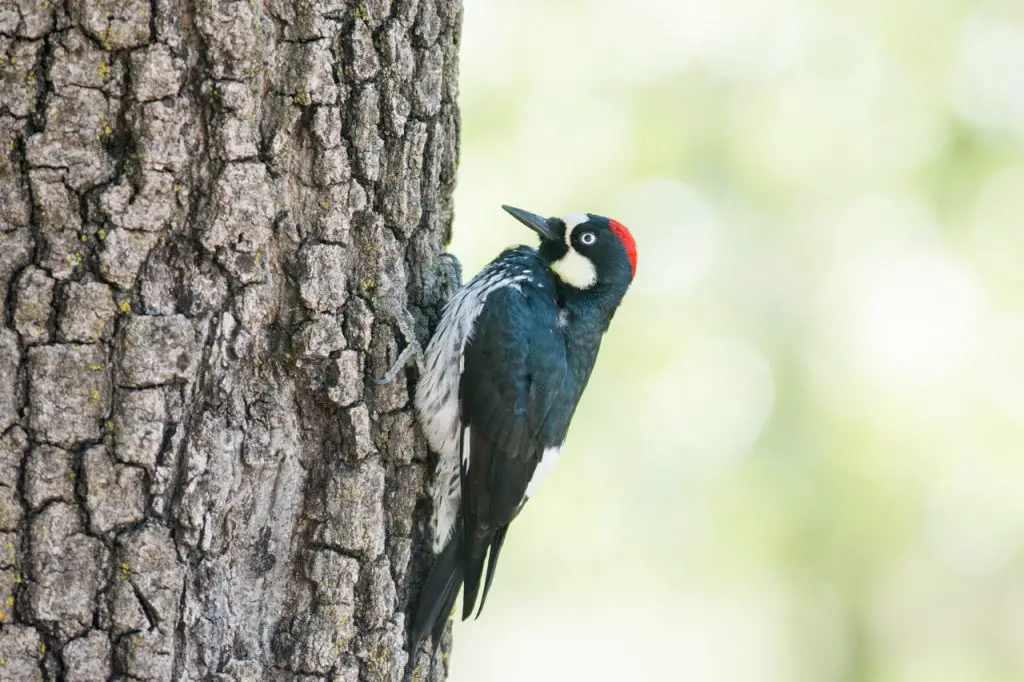
Beware spring break and holidays. Mid-March is the worst time to visit since this overlaps with public school spring break. The park always sees a huge spike in park visitors, more than any other time of year.
Expect lines of vehicles along the roads near points of interest and campsites as parking lots fill up. Getting a campsite in the park during this time is nearly impossible.
November through March is busy season for the park due to cooler weather, which sometimes makes finding an available campsite difficult. But winter birding in the park is generally slow anyway, at least outside of morning hours.
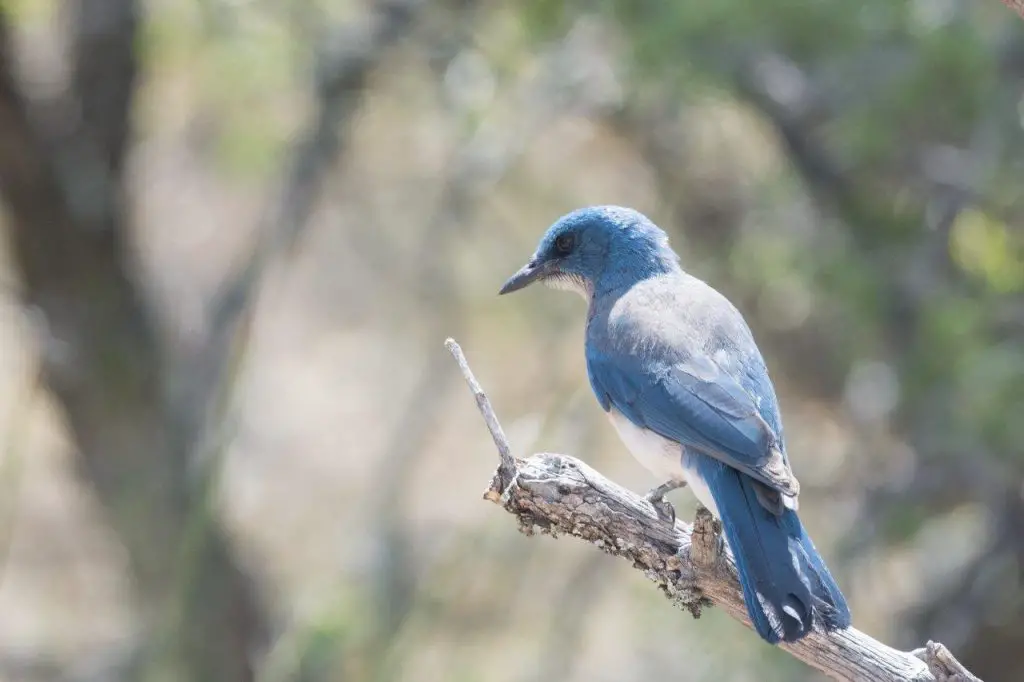
Big Bend is memorable any time of year, but avoid the second and third week of March if possible.
Winter Birding in Big Bend
Winter bird watching in Big Bend is in full swing from Thanksgiving through early-March. Some of the best winter hotspots are Rio Grande Village, the Chisos Mountains Basin, and Sam Nail Ranch.
Potential winter target species include Red-naped Sapsucker, Townsend’s Solitaire, Sage Thrasher, Sagebrush Sparrow, Brewer’s Sparrow, and Green-tailed Towhee.
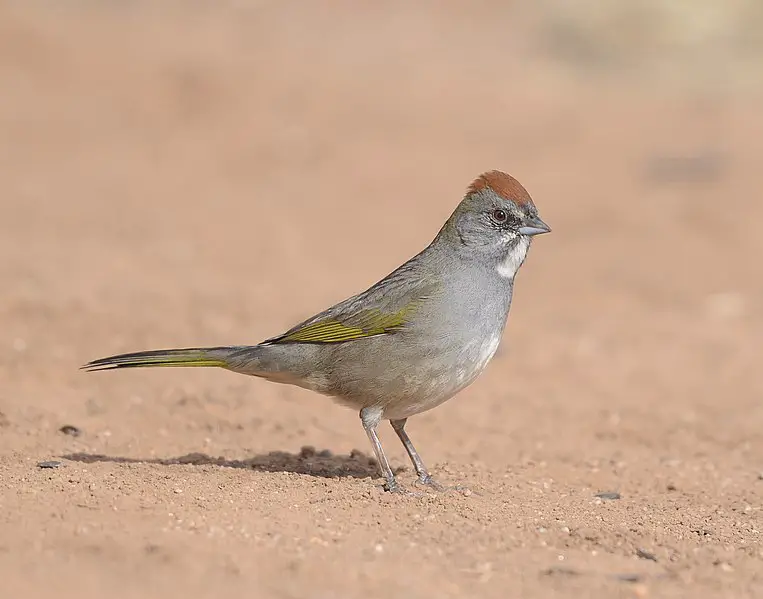
Visiting the park during winter can be a good experience due to the generally mild and clear weather. The birds aren’t as vocal as during spring, but there’s still plenty of activity along the Rio Grande River.
Popular springtime spots, like the Pinnacles Trail, don’t have nearly as much bird activity during winter months. Birding up in the Chisos Mountains Basin is still fun, but consider sparing yourself of the more grueling hikes. Lost Mine Trail and the Window Trail are good options to consider.
One bird on some people’s mind this time of year is a Golden Eagle. These birds are occasionally reported in the park, but they’re few and far between. If Golden Eagle is high on your list, consider much better locations about 90 minutes northwest of the park near Marathon.
Camping in the Park
Reservations are required for camping in the park. Reservations sometimes fill up months in advance.
Link to park reservations: National Parks Service
If you plan on camping, remember – the basin up in the Chisos Mountains is consistently 10 to 15 degrees cooler than the desert floor. The basin campsites are usually the most popular in the park.
This makes the basin campground perfect for avoiding the heat during warm months, but makes campsites by the river more comfortable during winter.

